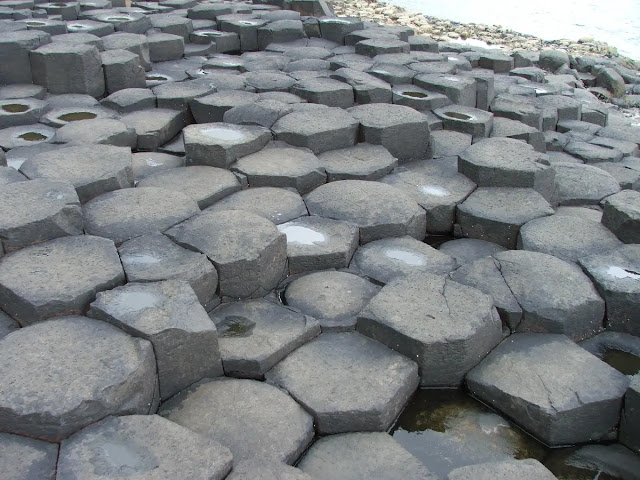Titanoboa: The Largest Snake in History
The Largest Snake That Ever Existed
The largest snake ever discovered, Titanoboa cerrejonensis, was a prehistoric giant as long as a school bus. This massive boid snake lived during the Paleocene epoch, approximately 60 million years ago, and reached lengths of up to 42.7 feet (13 meters) and weights of 2,500 pounds (1,135 kilograms).
Fossils of Titanoboa were first unearthed in the early 2000s in the Cerrejón Formation, located in northern Colombia’s Cesar-Ranchería Basin. This region, home to one of the world’s largest coal mines, provided critical evidence of the snake’s existence.
Approximately 60 million years ago, after the extinction of the dinosaurs, Titanoboa thrived in the humid tropical forests of northern South America. As a top predator, it likely preyed on large animals, including crocodiles, in its ecosystem. The name Titanoboa, meaning 'titanic boa,' reflects its enormous size, while 'cerrejonensis' honors the site of its discovery.
 |
Life-size reconstruction of Titanoboa cerrejonensis, the largest snake in history, displayed in a museum exhibit. |
Discovery and Fossil Record
The first Titanoboa fossils were uncovered in 2009 from the Cerrejón Formation in northern Colombia, a major coal mine in the Cesar-Ranchería Basin. This formation dates to the Paleocene, a period following the Cretaceous-Paleogene extinction event. The discovery included well-preserved vertebrae, ribs, and partial skulls, which allowed researchers to estimate the snake's immense size by comparing its fossilized bones to those of living snakes.
Physical Characteristics and Diet
Titanoboa possessed a robust, muscular body specialized for constriction, much like modern boas and pythons. Its jaw structure indicates it could open its mouth wide enough to swallow large prey, including crocodilians and sizeable fish. While some contemporary reptiles in its ecosystem, such as Purussaurus brasiliensis, may have been too large to be prey, Titanoboa likely dominated its environment as an apex predator, hunting by ambush and overpowering its targets with sheer strength.
 |
| The Largest Snake That Ever Existed. Life-sized model of Titanoboa devouring a crocodilian, from the Smithsonian exhibit |
Habitat and Climate
During the Paleocene, northern South America was a warm, tropical rainforest with temperatures around 10°C higher than modern tropical regions. This warmth likely contributed to the gigantism seen in Titanoboa and other large reptiles, as high metabolic rates and abundant resources would have supported their massive size. Titanoboa lived in the earliest known Neotropical rainforest, coexisting with large Crocodylomorpha and turtles, which may have also served as prey.
 |
A young child stands in awe next to a life-sized model of Titanoboa, the largest snake ever discovered. |
Ecological Significance
The discovery of Titanoboa sheds light on the post-dinosaur ecosystem and the evolution of Earth's biodiversity following the mass extinction event 66 million years ago. It also highlights the relationship between climate and animal size, illustrating how warmer temperatures facilitated the rise of giant species. Unlike brightly colored venomous snakes of today, Titanoboa's size and camouflage likely helped it blend into the algae-colored environment, enhancing its hunting efficiency.
See also:
The Largest Insect Ever Existed Was a Giant "Dragonfly"
This Gigantic, Extinct Devil Frog Was Capable of Eating Dinosaurs



%20(1).webp)




